Introduction
Choosing to live in a red light district residence on ground floor can be an intriguing yet complex decision. These areas, often vibrant and centrally located, come with unique challenges and benefits that potential residents should carefully consider.
Whether you’re drawn to the cultural energy, affordability, or urban accessibility, understanding the realities of ground-floor living in such districts is essential.
This article explores what it means to live in a red light district residence on ground floor, offering insights, practical tips, and key considerations for making an informed choice.
What Is a Red Light District?
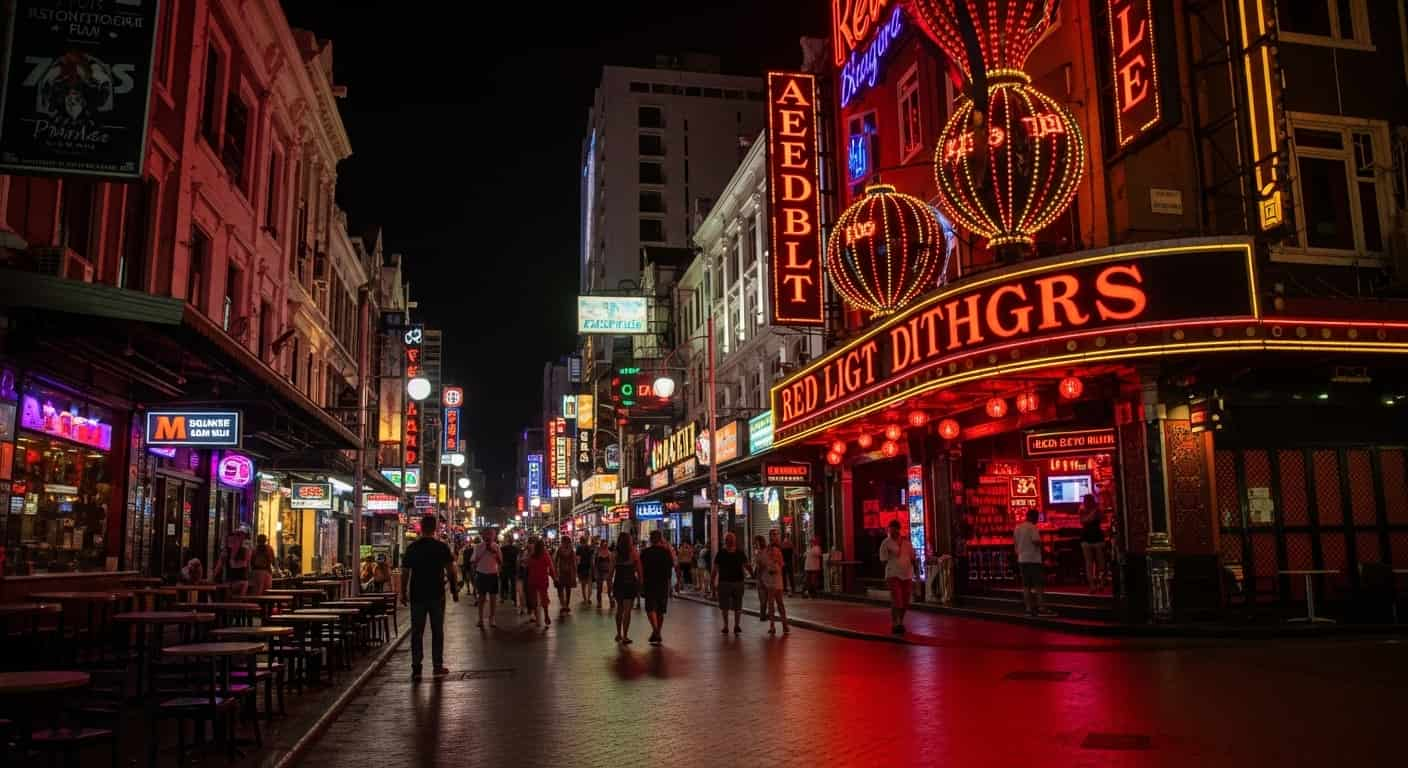
Red light districts are urban areas known for their nightlife, entertainment, and, often, legalized or regulated adult industries. Cities like Amsterdam, Bangkok, and Las Vegas have famous red light districts that attract tourists and locals alike. These areas are typically bustling with activity, featuring bars, clubs, theaters, and shops, alongside residential spaces.
Living in a red light district residence on ground floor means your home is situated at street level in one of these lively neighborhoods. While the vibrancy can be exciting, it also brings unique considerations like noise, safety, and privacy, which we’ll explore below.
Benefits of a Red Light District Residence on Ground Floor
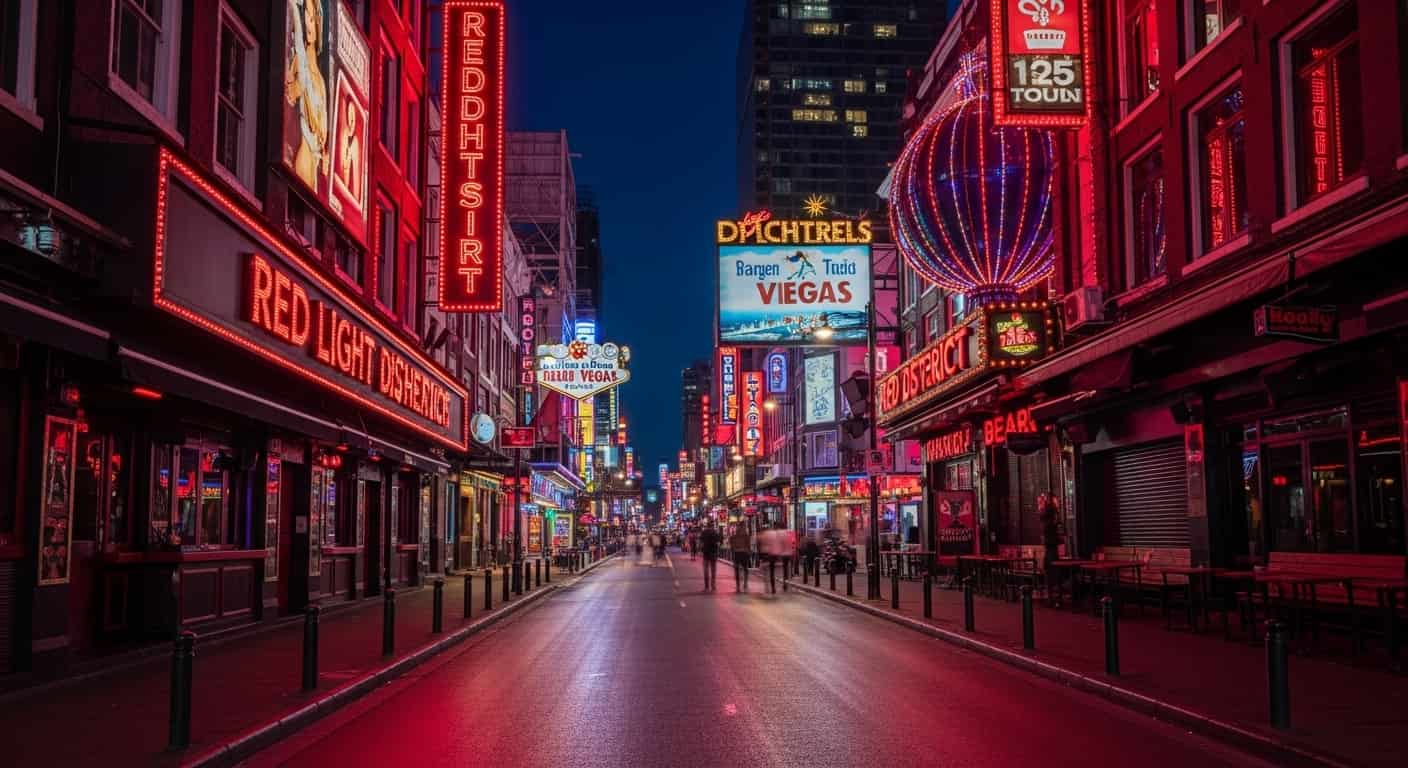
Ground-floor residences in red light districts can offer several advantages, especially for those who thrive in dynamic environments. Here are some reasons why people choose these homes:
- Accessibility: Ground-floor homes are ideal for those who prefer easy access without stairs or elevators, making them suitable for people with mobility challenges or those who simply value convenience.
- Affordability: In some cities, ground-floor units in red light districts may be more affordable than upper-floor apartments due to factors like noise or lack of views.
- Cultural Hub: These areas are often rich in history, art, and nightlife. Residents can enjoy proximity to entertainment, dining, and cultural events, making it a vibrant place to call home.
- Community Vibe: Red light districts often foster diverse, eclectic communities, attracting artists, performers, and open-minded individuals who contribute to a unique neighborhood atmosphere.
For example, in Amsterdam’s De Wallen, ground-floor residences are steps away from iconic canals and historic sites, blending urban excitement with residential charm.
Challenges of Living on the Ground Floor in a Red Light District
While the benefits are appealing, a red light district residence on ground floor comes with challenges that require careful consideration. Here are some key factors to keep in mind:
1. Noise and Activity
Red light districts are rarely quiet. With nightlife thriving into the early hours, ground-floor residents may face constant noise from foot traffic, music, or street activity. According to a 2019 study on urban noise pollution, areas with high nightlife activity can experience sound levels exceeding 70 decibels at night, disrupting sleep and daily life.
2. Privacy Concerns
Ground-floor homes, especially in red light districts, often lack privacy. Passersby, tourists, or late-night crowds may peer into windows, even with curtains or blinds. This can make residents feel exposed, particularly in areas with heavy foot traffic.
3. Safety Considerations
Living at street level in a busy area can raise safety concerns. Ground-floor residences may be more vulnerable to break-ins or vandalism, especially in districts with high tourist activity. A 2021 report on urban crime noted that ground-floor apartments in high-traffic areas face a 15% higher risk of burglary compared to upper floors.
4. Limited Natural Light
Ground-floor units often receive less natural light due to surrounding buildings or street-level obstructions. In red light districts, narrow streets and tall structures can further limit sunlight, creating a darker living environment.
Tips for Thriving in a Red Light District Residence on Ground Floor
If you’re considering or already living in a red light district residence on ground floor, there are ways to make the experience more enjoyable and comfortable. Here are practical tips to enhance your living situation:
- Invest in Soundproofing
- Install double-glazed windows to reduce street noise.
- Use heavy curtains or soundproof panels to dampen external sounds.
- Consider area rugs or carpeting to absorb vibrations from foot traffic.
- Enhance Privacy
- Apply frosted window film or one-way privacy film to maintain light while blocking views from outside.
- Use tall indoor plants or decorative screens to create a visual barrier near windows.
- Install blinds or shutters that can be adjusted for light and privacy.
- Boost Security
- Install a reliable security system with cameras or motion sensors.
- Use reinforced locks or window bars for added protection.
- Get to know your neighbors to build a sense of community and mutual vigilance.
- Embrace the Lifestyle
- Take advantage of the district’s energy by exploring local events, cafes, or galleries.
- Set boundaries, such as using noise-canceling headphones or creating a quiet evening routine, to balance the vibrant surroundings.
Real-Life Example: Amsterdam’s Red Light District
Amsterdam’s De Wallen is one of the world’s most famous red light districts, where ground-floor residences are common. Residents here often describe a love-hate relationship with their location. For instance, Anna, a 32-year-old artist living in a ground-floor apartment, shares: “The energy is incredible—I’m steps away from art galleries and cafes. But I had to invest in soundproof windows and privacy film to feel comfortable.” Her experience highlights the need for practical adjustments to thrive in a red light district residence on ground floor.
Is a Red Light District Residence on Ground Floor Right for You?
Deciding to live in a red light district residence on ground floor depends on your lifestyle, priorities, and tolerance for urban challenges. If you love being in the heart of the action and don’t mind investing in soundproofing or security, this could be an exciting choice. However, if quiet and privacy are non-negotiable, you might prefer an upper-floor unit or a different neighborhood.
Questions to Ask Yourself
- Are you comfortable with high levels of noise and activity?
- Do you have the budget for home upgrades like soundproofing or security systems?
- Are you drawn to the cultural and social benefits of a red light district?
- Can you adapt to limited privacy and natural light?
Conclusion
Living in a red light district residence on ground floor offers a unique blend of excitement, accessibility, and urban charm. However, it requires careful planning to address challenges like noise, privacy, and safety.
By understanding the pros and cons and taking proactive steps, you can create a comfortable and enjoyable home in the heart of a vibrant district.
Whether you’re an artist seeking inspiration or simply love the buzz of city life, a ground-floor residence in a red light district can be a rewarding experience with the right approach.

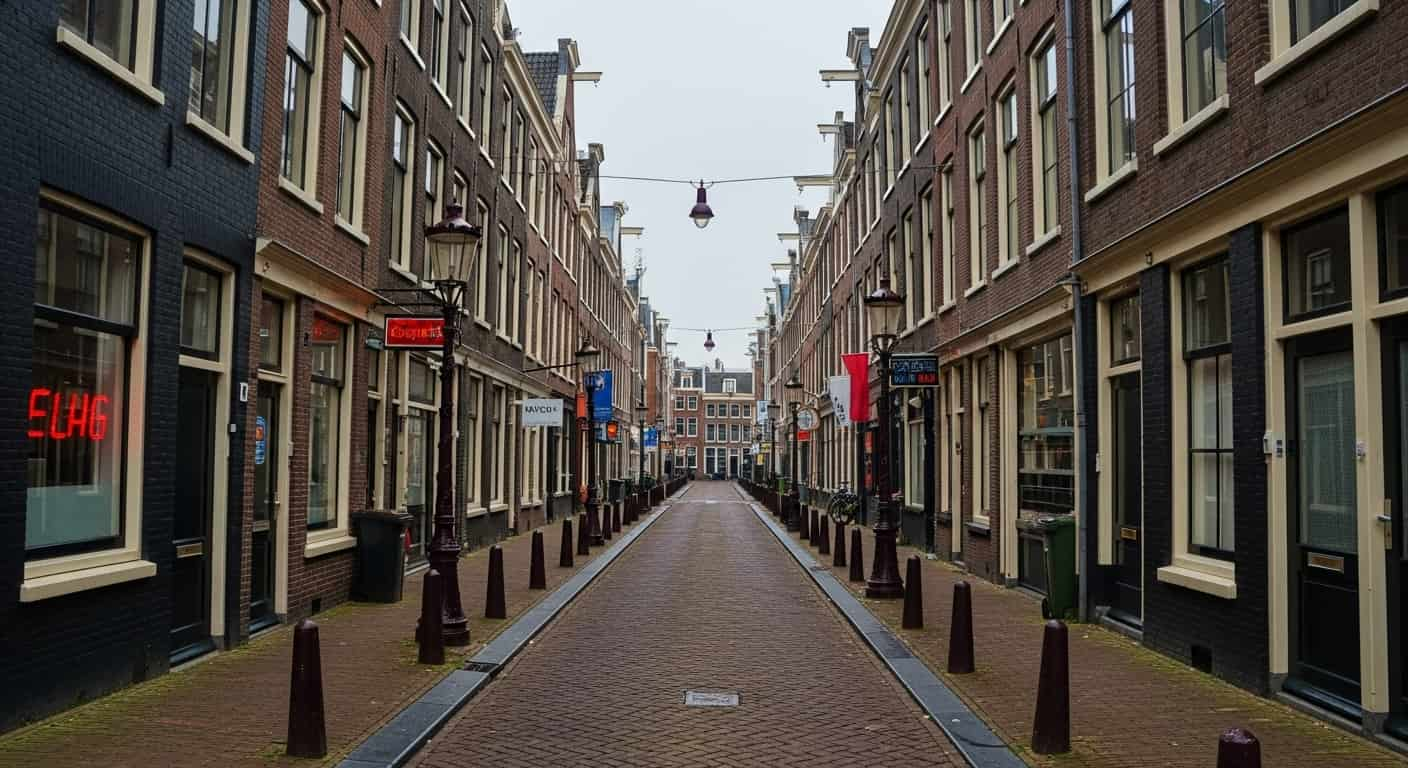
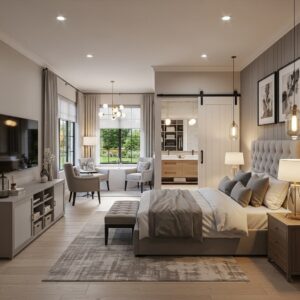
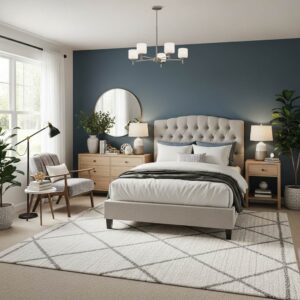


More Stories
Yellow Bedroom Ideas: Brighten Your Space with Warmth and Style
Small Bathroom Ideas: Transform Your Compact Space with Style and Function
31 Grey Bedroom Ideas to Transform Your Space